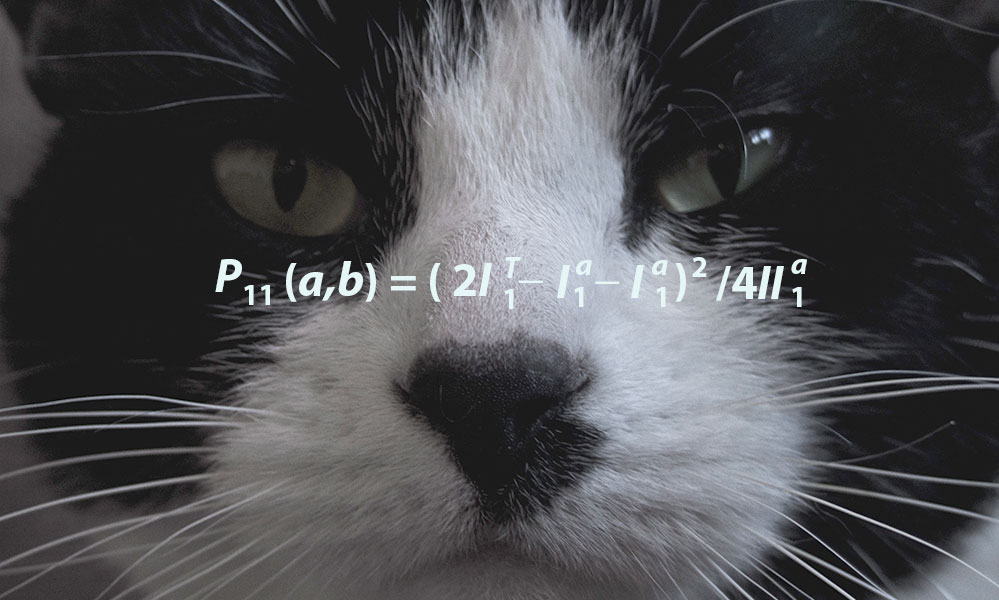
Drawing a line between quantum and classical: Bell’s Inequality fails test as boundary
The best guide to the boundary between our everyday world and the “spooky” features of the quantum world has been a theorem called Bell’s Inequality, but now a new paper shows that we understand the frontiers of that quantum world less well than scientists have thought.
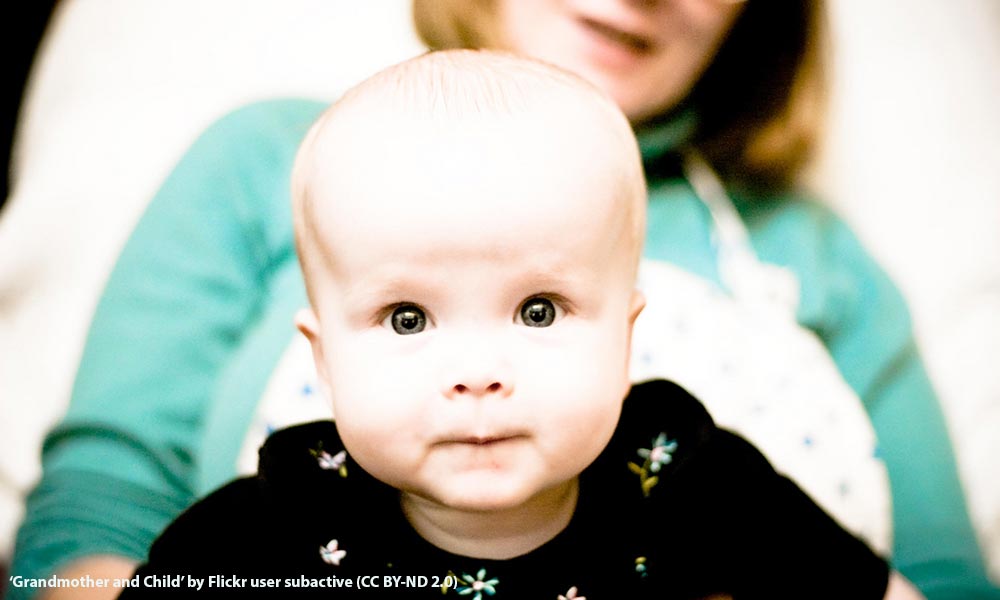
Babies’ expectations may help brain development
A series of studies with infants 5 to 7 months old has shown that the portion of babies’ brains responsible for visual processing responds not just to the presence of visual stimuli, but also to the mere expectation of visual stimuli.
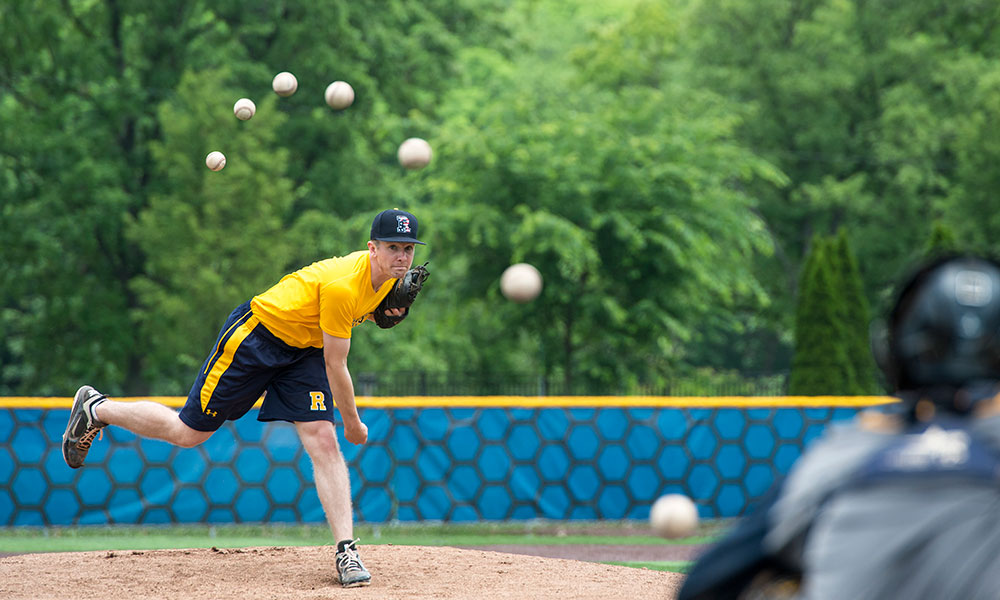
How understanding GPS can help you hit a curveball
Our brains track moving objects by applying one of the algorithms your phone’s GPS uses, according to researchers at the University of Rochester. This same algorithm also explains why we are fooled by several motion-related optical illusions, including the sudden “break” of baseball’s well known “curveball illusion.”

Stress in low-income families can affect children’s learning
Children living in low-income households who endure family instability and emotionally distant caregivers are at risk of having impaired cognitive abilities according to new research from Rochester’s Mt. Hope Family Center.
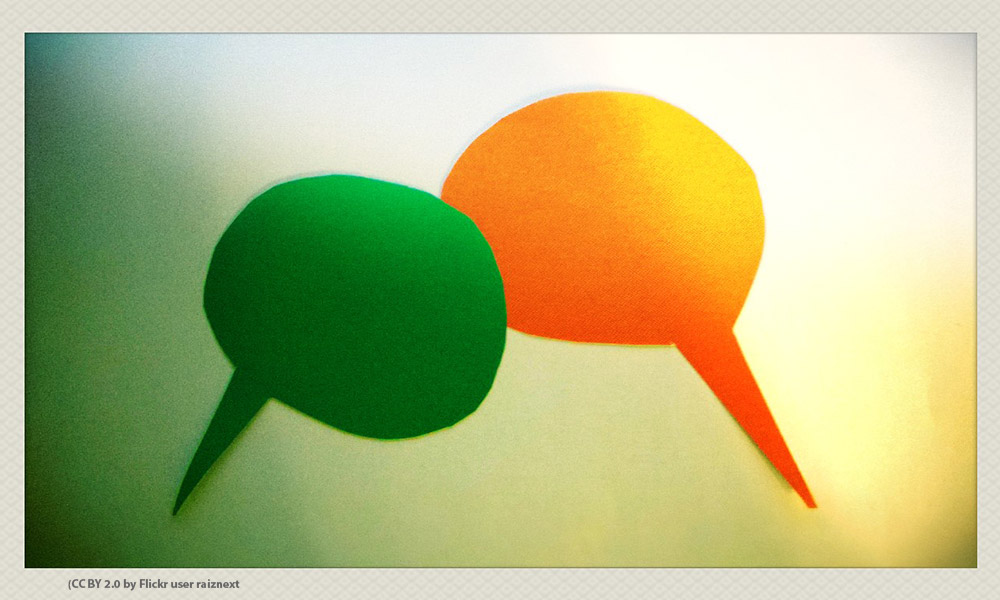
Thinking alike changes how we speak
As social creatures, we tend to mimic each other’s posture, laughter, and other behaviors, including how we speak. Now a new study from brain and cognitive sciences researchers shows that people with similar views tend to more closely mirror, or align, each other’s speech patterns. In addition, people who are better at compromising align more closely.
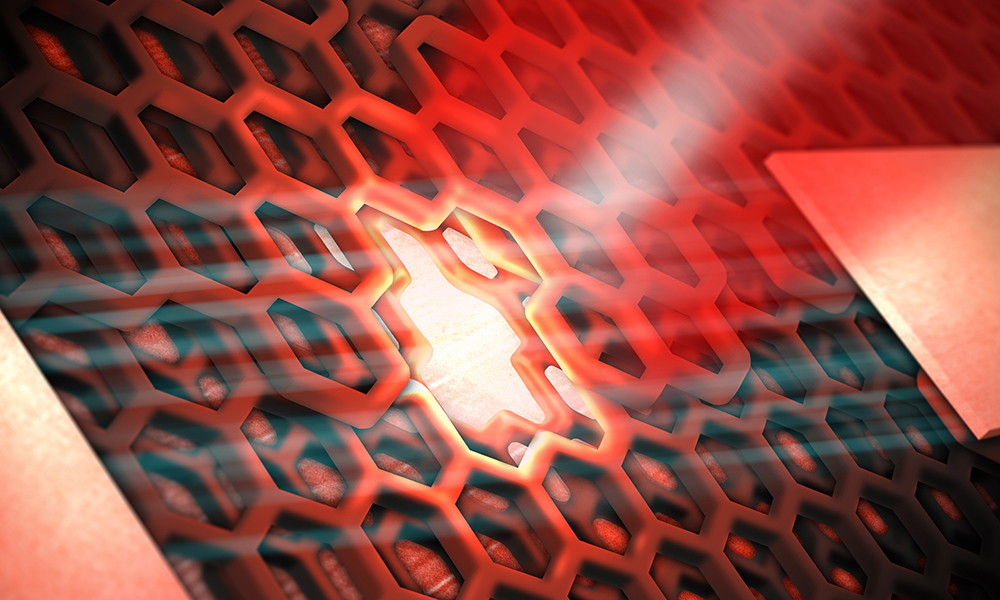
Defects in atomically thin semiconductor emit single photons
Until now, optically active quantum dots have not been observed in materials consisting of a single layer of atom, also known as 2D materials. Rochester researchers have shown how the 2D material tungsten diselenide can be fashioned into an atomically thin semiconductor that serves as a platform for solid-state quantum dots.

Generating broadband terahertz radiation from a microplasma in air
Researchers in the Institute of Optics have shown that a microplasma created by focusing intense laser pulses in air emits not only visible light, but also electromagnetic pulses at terahertz frequencies that can be used to detect complex molecules, such as explosives and drugs.
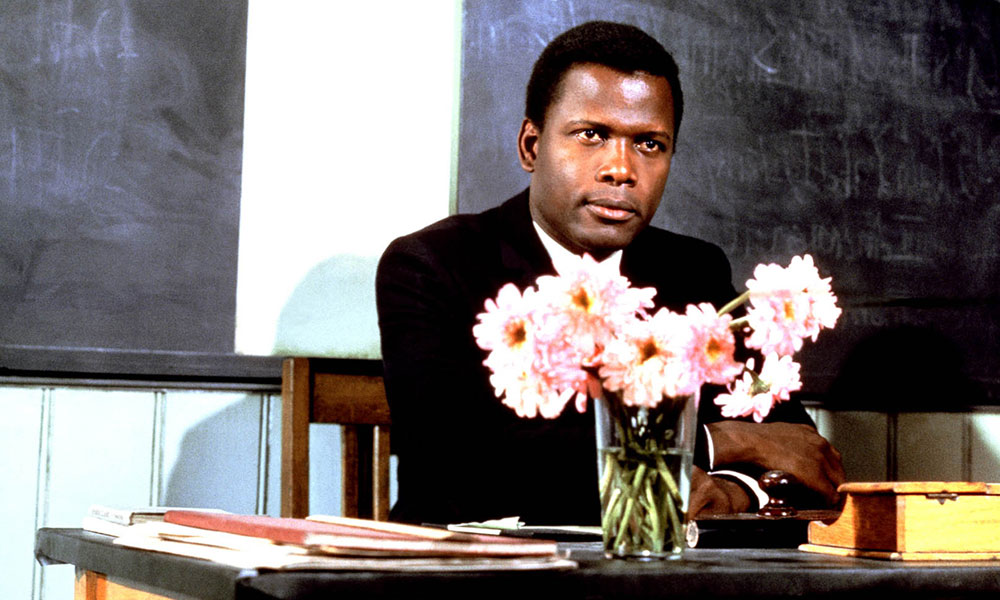
The Poitier Effect: New book by film scholar examines ‘change without change’
Sir Sidney Poitier became a cultural icon in the 1950s as the first black actor to break racial barriers in film. But as art and art history professor Sharon Willis argues in her new book, his image on screen creates a false sense of equality that continues to appear in the popular media and remains damaging to race relations today.
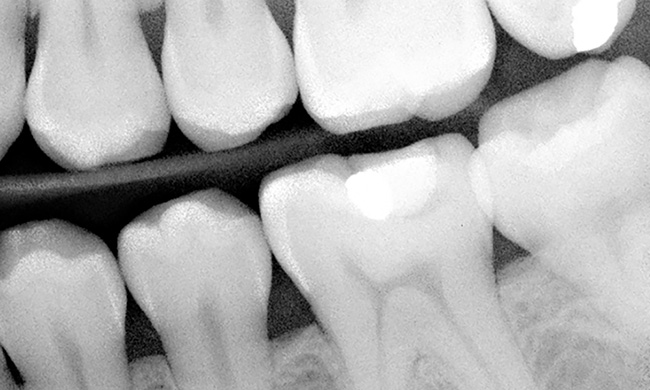
Nanoparticles provide novel way to apply drugs to dental plaque
Therapeutic anti-bacterial agents intended to reduce dental plaque and prevent tooth decay are often removed by saliva and the act of swallowing before they can take effect. But a team of researchers has developed a way to keep the drugs from being washed away.
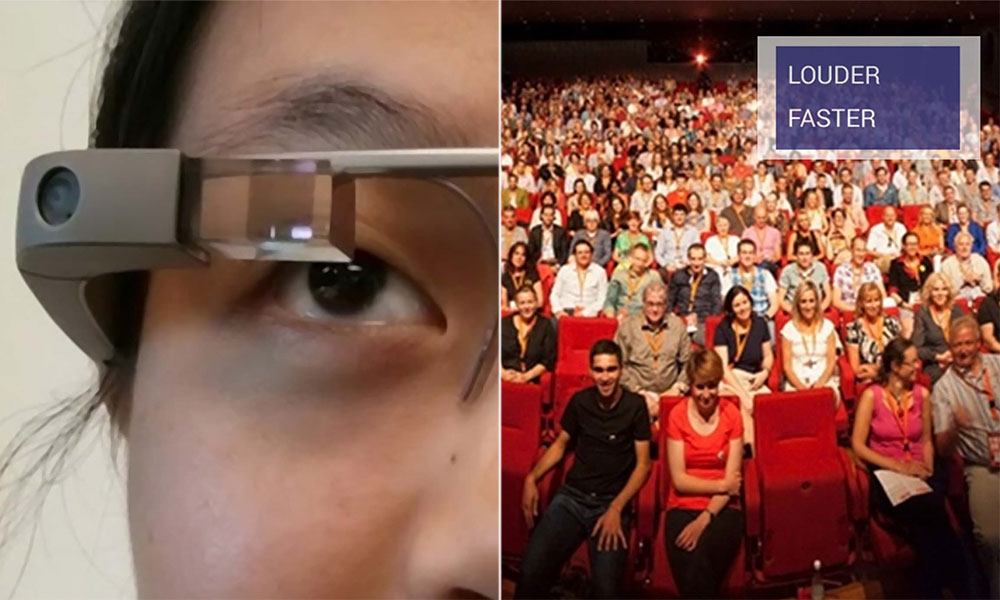
Wearable technology can help with public speaking
Speaking in public is the top fear for many people. Now, students and faculty from the Human-Computer Interaction Group have developed an intelligent user interface for “smart glasses” that gives real-time feedback to the speaker on volume modulation and speaking rate, and have made the tool freely available for downloading.
